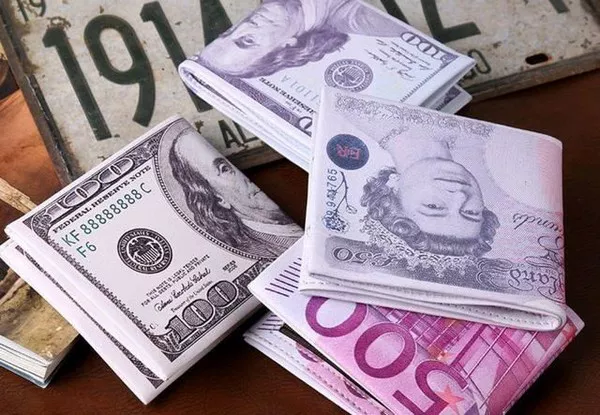British coins have a rich history that spans centuries, reflecting the evolution of the United Kingdom’s economic, political, and cultural landscape. Among the various materials used to mint coins, silver has held a significant place in British currency. In this article, we will explore the fascinating world of British silver coins, delving into their history, significance, and the specific coins that showcase the enduring elegance of silver.
Historical Significance of Silver Coins
The use of silver in coinage can be traced back to ancient times when civilizations recognized its intrinsic value and durability. In Britain, the first silver coins date back to the Anglo-Saxon period, with the introduction of the penny during the reign of King Offa in the 8th century. Throughout the medieval period, silver pennies remained a staple in British coinage, symbolizing the economic stability of the realm.
During the Tudor era, notable monarchs such as Henry VIII and Elizabeth I continued the tradition of minting silver coins, contributing to the flourishing of trade and commerce. The significance of silver coins reached its zenith in the 17th century when the British Empire expanded globally, solidifying the pound sterling as a dominant international currency.
The Great Recoinage of 1816
In the early 19th century, the United Kingdom underwent a significant monetary reform known as the Great Recoinage of 1816. This reform aimed to address the debased state of British currency and usher in a new era of standardized coinage. As a result, a variety of silver coins were introduced, including the crown, half-crown, shilling, sixpence, and threepence, each with its distinctive design and weight.
The introduction of these silver coins marked a departure from the irregularities and inconsistencies prevalent in previous coinage. The recoinage not only restored confidence in the monetary system but also contributed to the aesthetic appeal of British coins.
Silver Content in British Coins
While silver coins were once the standard in everyday transactions, the mid-20th century saw a shift towards base metals due to economic constraints. In 1947, following the aftermath of World War II, the UK government decided to reduce the silver content in coins. Silver coins were gradually replaced by cupro-nickel compositions, marking the end of an era.
Before 1920, British silver coins typically contained 92.5% silver, a composition known as sterling silver. However, in 1920, the silver content was reduced to 50%, and by 1947, it was further reduced to 0.500 fineness. This shift was a practical response to economic challenges and the need to conserve resources.
Silver Coins in Modern British Currency
While the era of circulating silver coins came to an end, silver has not lost its allure in the numismatic world. The Royal Mint, responsible for producing coins in the United Kingdom, continues to issue commemorative and bullion coins with varying silver content.
The Silver Britannia, introduced in 1997, is one of the most iconic contemporary silver coins. It features a stunning depiction of Britannia, the personification of Britain, on the reverse side. Struck in one troy ounce of 99.9% pure silver, the Silver Britannia is both a collector’s item and a sound investment in precious metals.
Another noteworthy addition is the Silver Queen’s Beasts series, launched in 2016. This collection comprises ten coins, each featuring a heraldic beast representing the Queen’s lineage. Struck in 99.9% pure silver, these coins pay homage to the rich heraldic tradition of the United Kingdom.
See Also Why Is British Pound So Strong?
Collecting British Silver Coins
For numismatists and collectors alike, British silver coins offer a captivating journey through history, art, and culture. The diverse range of designs, historical contexts, and changing compositions make collecting British silver coins a rewarding pursuit.
Collectors may choose to focus on specific periods, monarchs, or themes within British numismatics. The scarcity of certain coins and the historical narratives they encapsulate contribute to the allure of assembling a comprehensive collection.
Conclusion
British silver coins encapsulate the fascinating history of the United Kingdom, reflecting the nation’s economic prosperity, cultural richness, and evolving societal values. From the medieval silver pennies to the modern Silver Britannia and Queen’s Beasts series, each coin tells a unique story.
While silver may no longer dominate everyday transactions, its legacy endures in the form of commemorative and investment-grade coins. Whether for historical interest, artistic appreciation, or as a hedge against economic uncertainties, British silver coins continue to captivate collectors and investors, bridging the gap between the past and the present.


